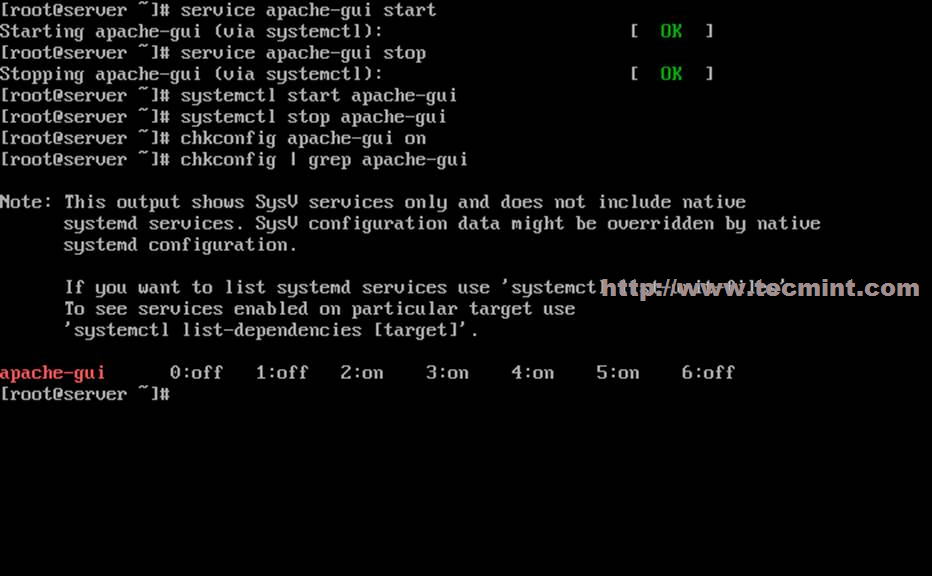Updated for CentOS 7:
Too many times have I had to go back to scattered notes or quickly look up the commands to do this, I decided to consolidate my notes here. This simply creates a self-signed key for apache and enables the httpd service to make use of it. Many times, I have used this to create a temporary key while building a server. When it is time for the server to go into production, the “real” certificate is installed as clients are getting redirected to the new server.
- Apache Web Server Setting up an Apache Web Server (httpd) on CentOS/RHEL 7 In this series of articles we’re going to set up an Apache Web Server and walkthrough the various Apache configurations and features. To start with this article will cover setting up a basic Apache server with the default out-of-the-box apache configurations.
- The Apache web server is one of the most popular and powerful web servers in the world. It is also one of the most secure web servers available. This tutorial will explain how to install and configure a basic and secure Apache web server in CentOS 7.
- Update ‘/etc/hosts’ file. Add the following lines in /etc/hosts file in both the nodes.
- Apache HTTP Server httpd was launched in 1995 and it has been the most popular web server on the Internet since April 1996. Latest release from the 2.4.x stable branch represents the best available version of Apache HTTP Server. Image version httpd 2.4.6. For more information on Apache CentOS 7.
If you will not be purchasing a trusted key and this will be it, you can download the key from your web browser and install it into your “Trusted Root Authority” key store for your browser. Once that is done, you will bypass all those annoying “website is not trusted” warning. Of course, this isn’t exactly ideal for systems that you’ll be directing your customer to.

Apache on CentOS 7 has one server block enabled by default that is configured to serve documents from the /var/www/html directory. While this works well for a single site, it can become unwieldy if you are hosting multiple sites.
This is just a simple rehash of the real documentation which can be found in the official CentOS documentation.
Install required software.
Below are the commands to generate a private key (ca.key), create a certificate request (ca.csr), and finally create a full-blown certificate (ca.crt) from the “csr” via signing it with the private key.
Modify the ssl.conf file and update the two certificate file options (SSLCertificateFile and SSLCertificateFileKey) to reference the new keys that were previously generated.
Apache Web Server Centos 7 Connect With Windows

Apache Web Server Centos 7 64-bit
Finally, reload the apache configuration.
